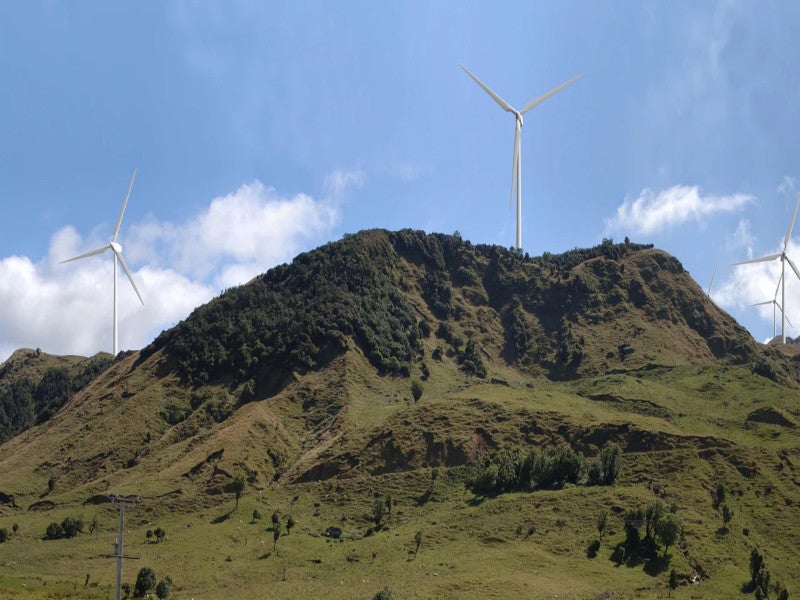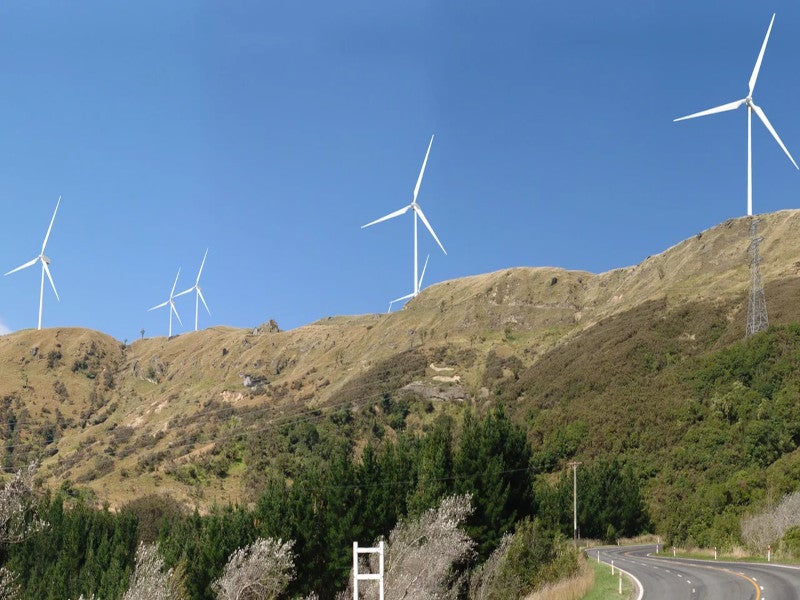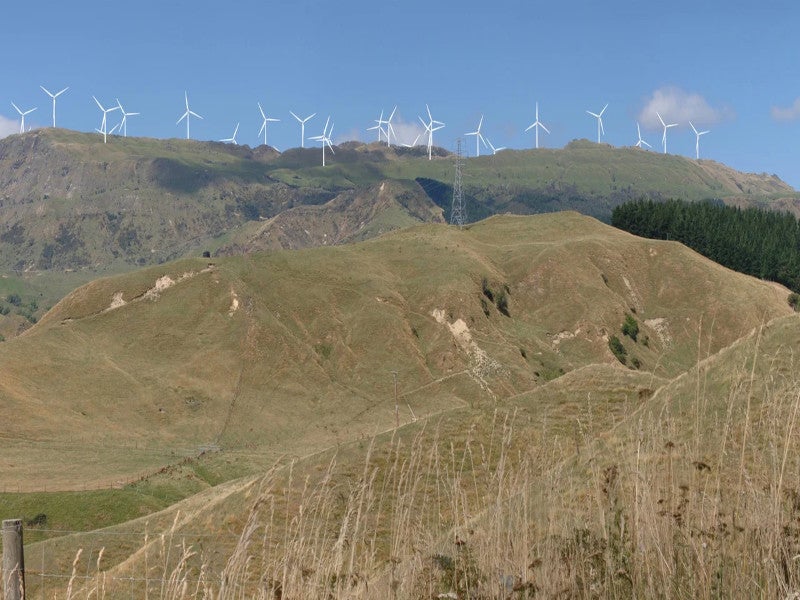The 176MW Harapaki project in Hawke’s Bay, New Zealand, is the second-largest wind farm in the country.
Developed by local renewable energy company Meridian Energy, the wind farm can generate enough clean energy to power more than 70,000 homes a year.
Meridian Energy initially estimated the project to cost NZ$395m ($289.38m) in February 2021.
The forecast was revised to NZ$448m ($277.57m) in August 2022, citing higher-than-expected bulk earthworks and the combined impacts of the Covid-19 pandemic, inflationary pressures, and resource constraints.
Construction works on the wind farm began in 2021. The construction phase lasted nearly three years and created approximately 260 jobs.
Harapaki started generating electricity in November 2023 after the first turbine was commissioned and became fully operational in July 2024.
The development of the Harapaki project enhances the New Zealand Government’s ability to act on climate change and transition the economy towards greener energy sources.
Meridian operates five other wind farms in New Zealand, including Te Uku, West Wind, Mill Creek, Te Āpiti and White Hill.
Location of Harapaki wind farm
The wind farm was developed in the Maungaharuru Range within the Hastings District in Hawke’s Bay, approximately 35km north-west of Napier.
The project covers 9km of the range, spanning 1,235ha of land. It is strategically located above the transmission constraint south of Wairakei.
State-owned Transpower New Zealand’s 220kV Whirinaki-to-Wairakei circuit transmission line passes through the corner of the project site.
Background of Harapaki wind farm
In 2005, resource consents were granted for two separate wind farms on adjacent sites on the Maungahururu Range to Hawke’s Bay Wind Farm and Unison Networks.
Meridian Energy bought the consents for the two projects and combined them into one site, now known as the Harapaki wind farm.
Following the purchase of the consents, Meridian focused on researching the site, studying its wind patterns and geography to identify the best layout for the project.
Turbine details at Harapaki wind farm
The Harapaki wind farm features 41 Siemens Gamesa’s SWT-DD-120 4.3MW rated wind turbines.
Each turbine has a rotor diameter of 120m and a length of 145m, from base to tip. The wind farm generates approximately 542GWh a year of clean energy.
Construction details of Harapaki wind farm
The construction of the wind farm included laying approximately 23km of roads and 232km of cabling, along with roughly 18,000m³ of concrete and 860,000m³ of earthworks (cut).
Meridian Energy said it used new strategies and processes to reduce waste and maintain low carbon emissions. These included a foundation design that required less concrete and the use of an on-site concrete plant, which reduced transport from Napier.
Around 75% of construction materials were diverted from landfill through reuse on-site or within the local community, including wooden pallets, tarpaulins, fencing, and drainage pipes.
Meridian also prioritised local labour, goods, and services. More than 2,400 people worked on the project, with an average of 50% locally employed staff, peaking at 57% during civil works.
Suppliers and contractors involved
In March 2021, Siemens Gamesa was awarded the contract to supply 41 SWT-DD-120 4.3MW turbines for the project. The contract also includes the installation and maintenance of the wind turbines.
Under a 30-year long-term contract, Siemens Gamesa will also be responsible for the operation and maintenance services of the wind farm.
Meridian Energy contracted Transpower to install and commission a substation and 220kV grid connection for the wind farm.
South Korea’s Hyosung was in charge of the supply, installation and commissioning of 220/33kV transformers, while Italian company Prysmian supplied 33kV reticulation cable for the project.
Unison Contracting Services received the contract to provide electrical services for the substation, cable jointing, and 33kV switchgear installation.
The Hick Bros Spartan joint venture was responsible for the construction of all roads, crane hardstands and turbine foundations.




